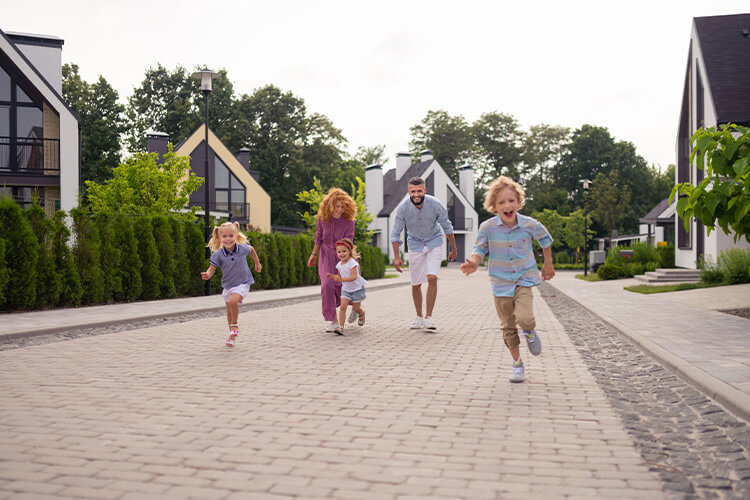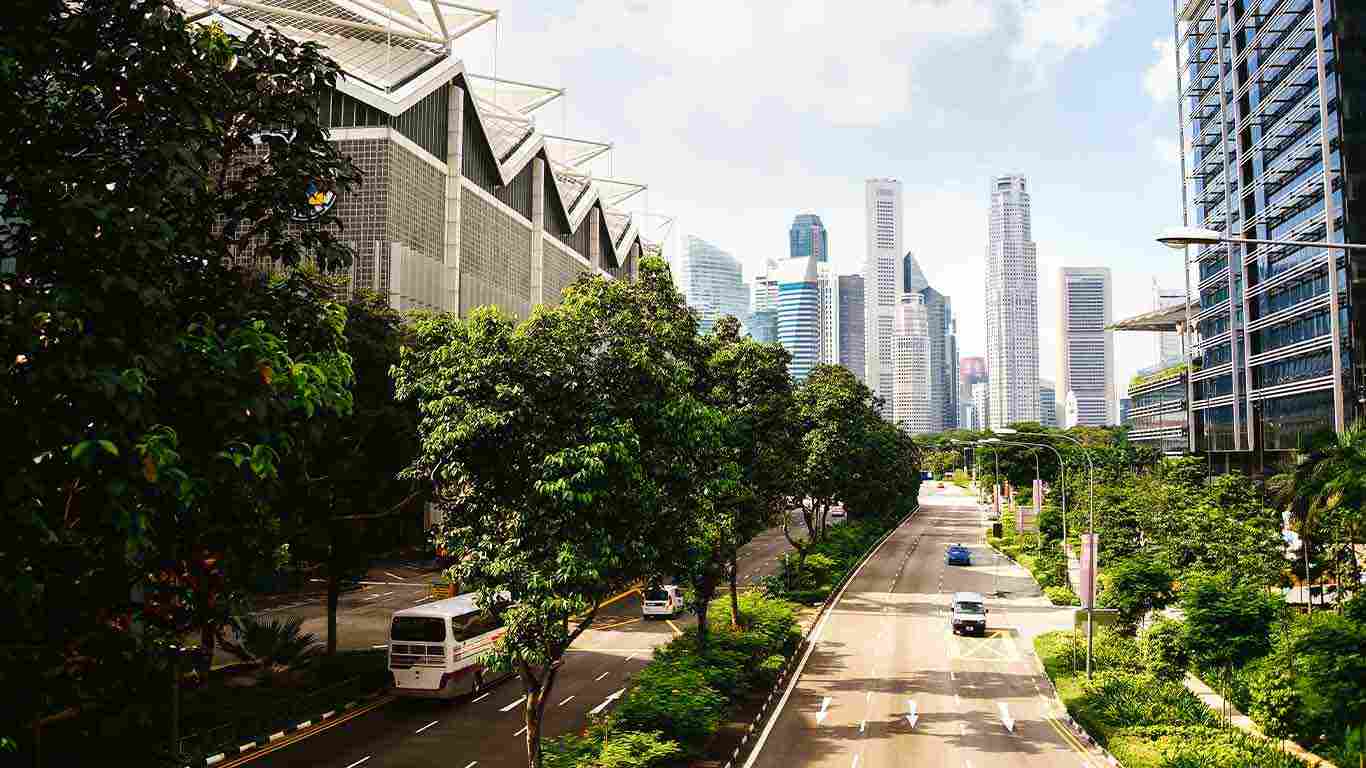Importance of Responsible Sourcing, Consumption & Production
By homz | August 24, 2022
“Sustainable development and climate change are two sides of one coin”.
This is what the former Secretary-General of the United Nations, Ban Ki-Moon, said at the annual meeting of the World Economic Forum in 2015. That statement is more appropriate than ever before. Sustainable development has no longer remained a trend; instead, it has become a necessity. With the menace of climate change looming over, it is everyone’s responsibility to act and act swiftly.
While every industry contributes to carbon emissions, real estate is alone responsible for 39% of total global emissions. As a responsible housing company, we at Homz are committed to taking every step in the journey to sustainable development. But what does sustainable development mean? Is it dedicating areas for trees and green spaces? For us, it is about fundamental changes in how we approach a housing project. It is about setting up a bedrock for sustainable development through a nuanced approach, which will create a better approach for future generations.
Paving the Way for Sustainable Development
Sustainability does not only mean reducing energy consumption; it is a little more elaborate. Sustainable or green real estate projects incorporate environmentally-friendly design techniques, materials, and technologies into the building construction and operations. While the real estate industry creates a heavy carbon footprint, we can address fundamental issues in many ways. This means altering the approaches to sourcing and consuming products. We are committed to lowering our carbon footprint by 50%. How are we doing this?
Sustainable Housing Communities
Homz is developing wellness-centric housing communities across the suburbs of the US. While providing the most affordable housing is on our horizon, we are also committed to developing these communities with a keen focus on sustainability.
-
Non-toxic materials
As discussed earlier, the real estate sector is responsible for 39% of global emissions. However, around 11% of those emissions are generated by manufacturing materials like steel and cement used in buildings. It is high time we address such fundamental issues in the industry. While sudden shifts are not possible, we can gradually move toward sustainable materials. At Homz communities, we are committed to using non-toxic, natural materials like stones and timber. As such, we are also committed to dedicating areas to green spaces.
-
Combination of Modern & Vernacular Architecture
As our Director of Community Engagemnet, Dan Callister said, “We are not in the business of building houses. We are in the business of building communities”. Homz communities are being developed to build resilient cities. These communities are beautifully designed to provide affordable houses and a beautiful living experience for tenants. The designs of these communities are inspired by the principles provided by the International WELL Building Institute with the wellness centre’s wealth-certification program.
In terms of architecture, we are incorporating certain aspects like visual clearance and allowing the relationship between the natural environment and built form to permeate one another. As a result, it generates better living conditions for the community. Furthermore, we are combining modern architecture with vernacular one to provide a unique living experience to the community.
-
Code of Conduct
As said earlier, we are committed to reducing our carbon footprint by 50%. And to ensure this, we rely on our Code of Conduct for Suppliers and other company programs and policies. It’s important and critical to bring time-tested global practices to build a better world for the future.
Final Thought
Sustainability and economic development should go hand-in-hand. We don’t have to give up one for the other. That said, the road to sustainability is challenging and thus, requires a combined effort. Through our communities, we hope to do our part in the journey to sustainable development.
The Homz communities will provide both pro-people and pro-planet housing. These communities will not only provide affordable and sustainable houses across the country’s suburbs but also accelerate the economic growth of communities. That way, we can truly build happy cities.


 info@homzglobal.com
info@homzglobal.com


















